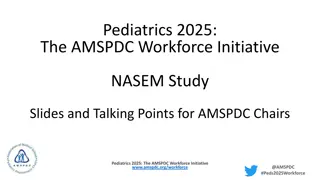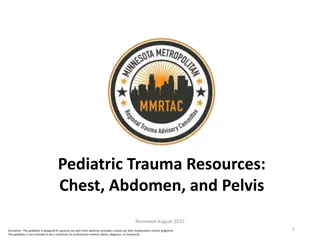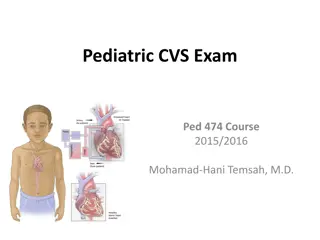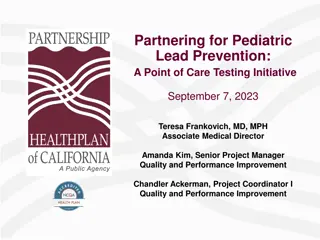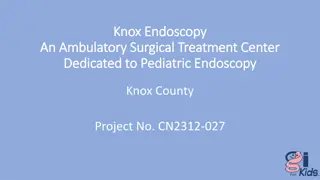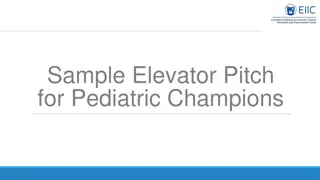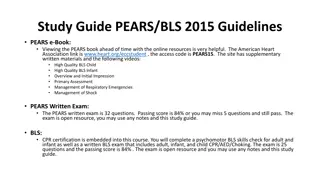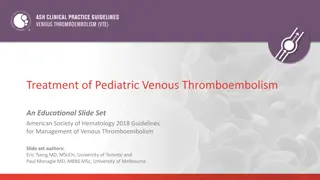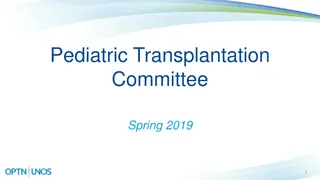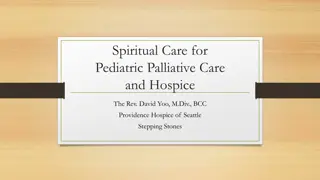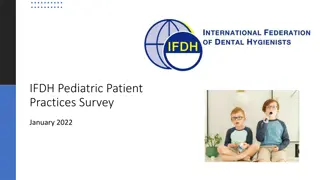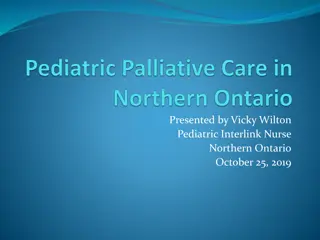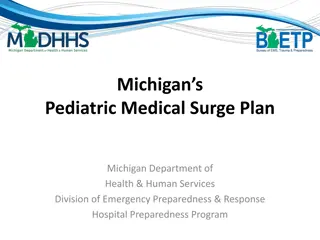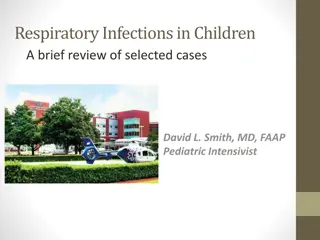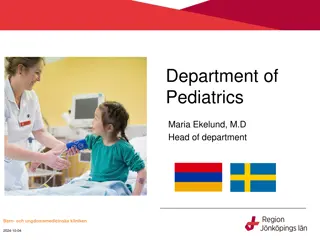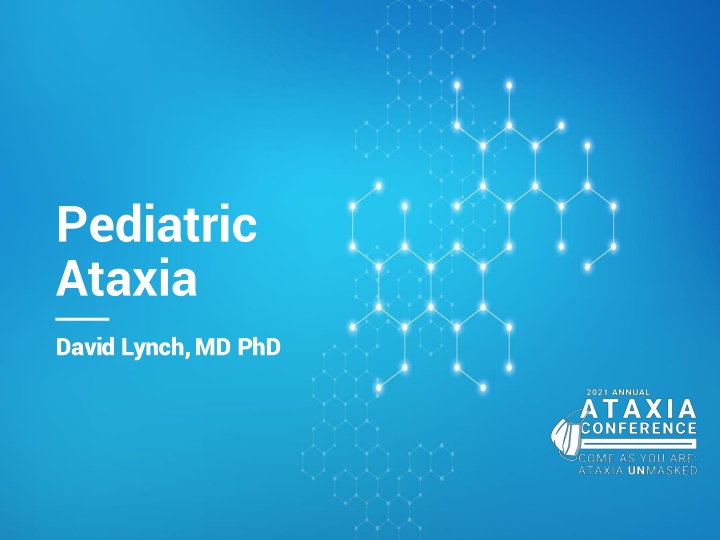
Pediatric Ataxia and Friedreich Ataxia by Dr. David Lynch, MD PhD
Explore insights into pediatric ataxia and Friedreich ataxia as presented by Dr. David Lynch, MD PhD, including clinical features, genetic factors, and disease progression. Gain valuable information from the 2021 NAF Annual Ataxia Conference about these rare neurologic conditions affecting children and adults. Disclaimer: Consult healthcare providers for personalized advice.
Download Presentation

Please find below an Image/Link to download the presentation.
The content on the website is provided AS IS for your information and personal use only. It may not be sold, licensed, or shared on other websites without obtaining consent from the author. If you encounter any issues during the download, it is possible that the publisher has removed the file from their server.
You are allowed to download the files provided on this website for personal or commercial use, subject to the condition that they are used lawfully. All files are the property of their respective owners.
The content on the website is provided AS IS for your information and personal use only. It may not be sold, licensed, or shared on other websites without obtaining consent from the author.
E N D
Presentation Transcript
Pediatric Ataxia David Lynch, MD PhD
The information provided by speakers in any presentation made as part of the 2021 NAF Annual Ataxia Conference is for informational use only. DISCLAIMER NAF encourages all attendees to consult with their primary care provider, neurologist, or other healthcare provider about any advice, exercise, therapies, medication, treatment, nutritional supplement, or regimen that may have been mentioned as part of any presentation. Products or series mentioned during these presentations does not imply endorsement by the NAF.
David Lynch, MD PhD The following personal financial relationships with commercial interests relevant to this presentation existed during the past 12 months: Dr. Lynch receives grant support from the NIH, MDA, FARA, Reata pharmaceutical, Retrotope, PTC Therapeutics and Audentes Therapeutics. PRESENTER DISCLOSURE S
Friedreich ataxia Neurology, Genetics, and Neuroscience David Lynch
1 Friedreich Ataxia (FA) Rare, genetic, progressive disease - Affects 1 in 50,000-100,000 - Estimated 4-5K people in US and 15K worldwide Usual presentation involves neurological features, which are 100% penetrant; FA is a multi-system disease Genotypic and phenotypic heterogeneity - Childhood onset, most common, is associated with relatively rapid progression Onset usually at 5-15 y By late teens to early 20 s most are wheelchair- bound and require assistance with ADLs Late onset (diagnosed after age 25) is associated with slower progression and overall milder phenotype
Clinical Features 2 Neurological-Classical perspective (neuronal death) Loss of large sensory neurons - proprioception Loss of balance and coordination Loss of reflexes Loss of spinocerebellar tracts Loss of balance and coordination Loss of motor tracts Loss of dentate nucleus of the cerebellum Dysarthria (slurred speech), modest eye movement abnormalities Loss of vision, hearing Subclinical myopathy Relatively sparing of cerebellar cortex, cerebral cortex Relatively normal cognition Loss of relatively few neurons, modest number of axonal tracts--MRI is often normal in early disease
3 FA A Multisystem Disorder Cardiac: Hypertrophic cardiomyopathy, progressive and severe, and early morbidity and mortality Clinically significant arrhythmias Atrial/ SVT Endocrine: Diabetes 10-20%; >65% insulin resistance Skeletal abnormalities: Scoliosis - corrective (25% of pts) Pes cavus Fatigue: Nearly all patients experience significant fatigue that impacts quality of life surgery
FA Management. The past/present 4 No treatment to stop disease progression Ongoing clinical trials of small molecules targeting down-stream consequences of frataxin deficiency Annual evaluation & supportive treatment Echocardiogram, EKG Elevated glucose Scoliosis screening (especially 7-18 y) Vision and hearing screen PT/OT/Speech
8 Genetic basis of Friedreich ataxia: The FXN gene (GAA)100-1500 Non-FA genes: <30 triplets FA genes: 100 1500 triplets
9 Genetic basis of Friedreich ataxia: The FXN gene (GAA)100-1500 G130V I154F L106X 96% = (GAA)exp + (GAA)exp 4% = (GAA)exp + LOF mutation Mutational homogeneity Everyone has at least one (GAA)exp except one recently ID pt in Turkey
10 FXN transcriptional deficiency: Loss of function qRT- PCR Frataxin deficiency All have some frataxin No aberrant frataxin Carriers with ~50% are asymptomatic Patients with point mutations identical to GAA x 2 pts
GAA Repeat Size and Age of Onset, Durr et al., NEJM, 1996 GAA repeat expansion sizes correlate with measures of disease severity GAA repeat expansions decrease, but do not eliminate, frataxin expression This curve for 1997 looks the same now. 3 Reasons for discrepancies: Somatic variability Modifiers Ascertainment bias
FRDA- The present What we have learned Measures Biomarkers Natural history data Way to find patients with specific features Funding Patient advocacy organization Pharmaceutical company support Tools: Registry Natural history study
Lessons learned- the present Human disease takes place over a longer period of time (chronic vs acute/subacute disease) Think of FA as chronic metabolic disease Antioxidant concepts too simplistic Need to re-activate endogenous antioxidant systems-- omaveloxolone
mFARS Improved Over Time 1.0 Placebo (n=42) Omav (n=40) Change from Baseline in mFARS 0.0 -1.0 -2.0 0 12 24 36 48 Study Week
FA in the COVID era National mortality rate around 2% Probably about the same in our FA program Higher for individuals with FA and DM, bad cardiomyopathy, bad scoliosis. Vaccination as soon as available All presently available vaccines OK for FA Research continuing
49 Summary-The present and future FA is multi-system disease caused by a decreased expression of a single gene. Disease diagnosis and treatment preferably would begin in pediatric patients (<14 yrs). Natural history databases and disease severity score systems available Meaningful treatment could be to one or multiple target tissues/organ systems. Clinical research infrastructure established globally Omaveloxalone, gene therapy, protein replacement as upcoming therapies Each new finding leads to more questions

